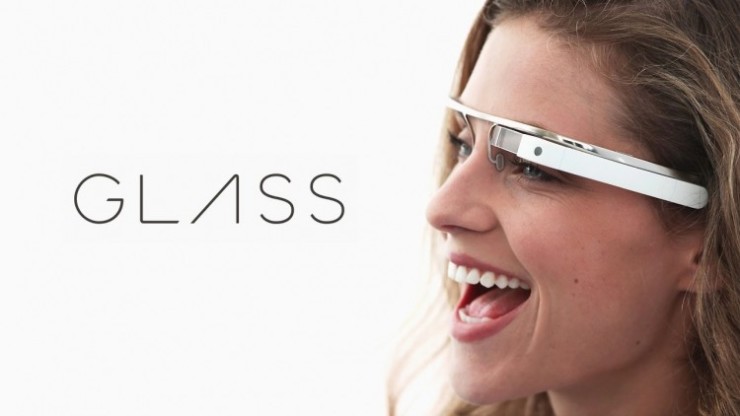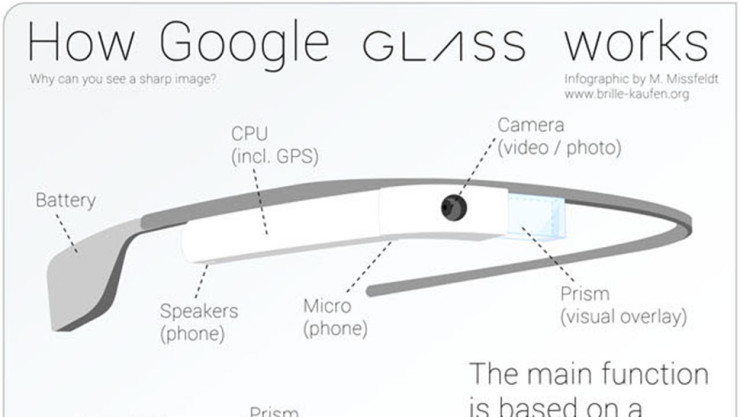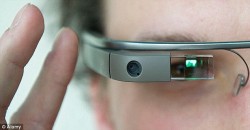Even though Google has yet to launch a commercial version of its smart glasses, the tech giant is already planning to make some changes regarding the chipsets powering Glass.
At the moment, only the developer version can be bought, and at $1,500, that’s definitely not a gadget anyone could buy. On top of the scarce availability are the rumors that Glass has no future, and these sparked just around the time some people noticed that Sergey Brin no longer wears his pair. Get serious, guys! That’s not good enough of a reason to suggest that Google Glass is on its way to the garbage bin. To make those rumors even less credible, a new WSJ report suggests that the Mountain View company is looking to launch a new version of Glass, this time powered by Intel.
The chipset maker has definitely been on a winning streak lately, as it showcased its own luxury smartband, launched a new line of energy efficient, yet very powerful CPUs (which are available only in notebooks, for the time being), and now it’s about to strike a deal with Google for powering the most famous smart glasses in the world. Until now, that was Texas Instruments’ duty, as it was them who provided the brains of the current Google Glass.
The WSJ also reports that the Intel-powered Google Glass will also target businesses, besides the regular folk who could benefit from an augmented reality overlay. That actually makes a lot of sense, as the wearable could make the life of hospital workers (among many other categories) a lot easier.
An Intel chip could increase the processing power of Google Glass, while also decreasing its power use. Battery life is one of the main things people have complained about (besides the four-digit price, obviously), and it seems that this is among the aspects that will change, once the new Glass is out. Don’t hold your breath, though, as this is just a rumor at the moment, so there’s no exact launch date.
Expect to see Intel making the headlines quite often in the near future, as this company is far from finishing surprising us. Its partnership with Fossil should put something on the shelves as well, just maybe not before this year’s winter holidays.
Be social! Follow Walyou on Facebook and Twitter, and read more related stories about the way Intel is going to bring 3D scanners to smartphones and tablets, or the Intel MICA luxury smart wristband.

 It's been a wonderful week for the tech industry. Twitter is finally getting its act together regarding hateful content and Russian election interferences, major industry players released their Q3 earnings (Hint: They all made boatloads of money), an...
It's been a wonderful week for the tech industry. Twitter is finally getting its act together regarding hateful content and Russian election interferences, major industry players released their Q3 earnings (Hint: They all made boatloads of money), an...
 It's been a wonderful week for the tech industry. Twitter is finally getting its act together regarding hateful content and Russian election interferences, major industry players released their Q3 earnings (Hint: They all made boatloads of money), an...
It's been a wonderful week for the tech industry. Twitter is finally getting its act together regarding hateful content and Russian election interferences, major industry players released their Q3 earnings (Hint: They all made boatloads of money), an...
 Augmented reality (technology that uses screen-embedded eyewear to overlay the real world with information, images and more) isn't quite ready for mainstream consumers -- but it's almost ready for the diving community. The US Navy says it's developin...
Augmented reality (technology that uses screen-embedded eyewear to overlay the real world with information, images and more) isn't quite ready for mainstream consumers -- but it's almost ready for the diving community. The US Navy says it's developin...








